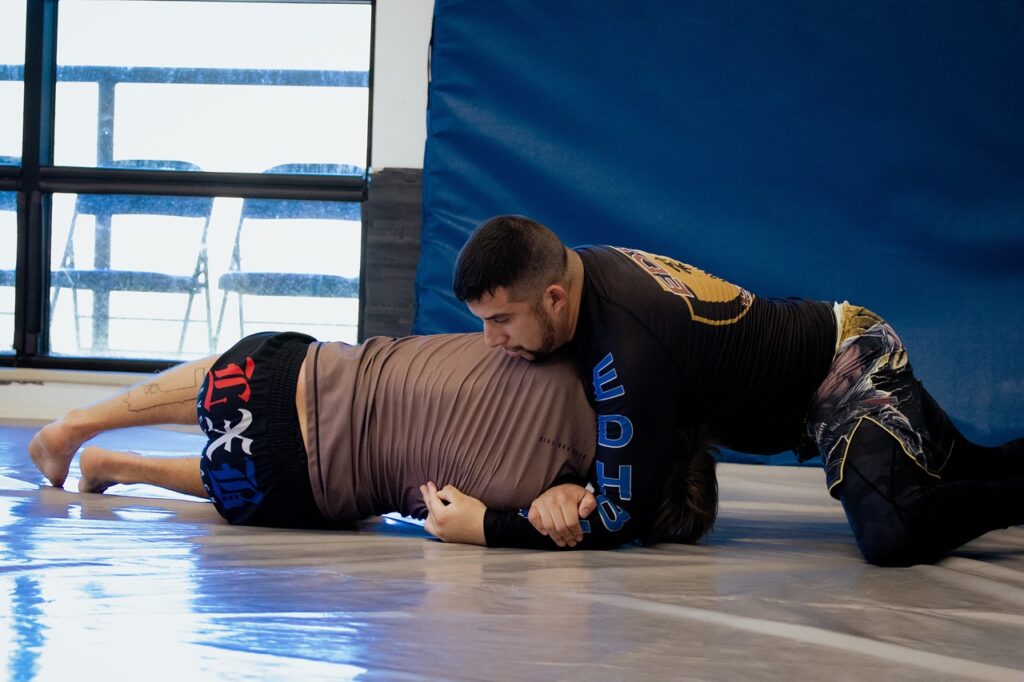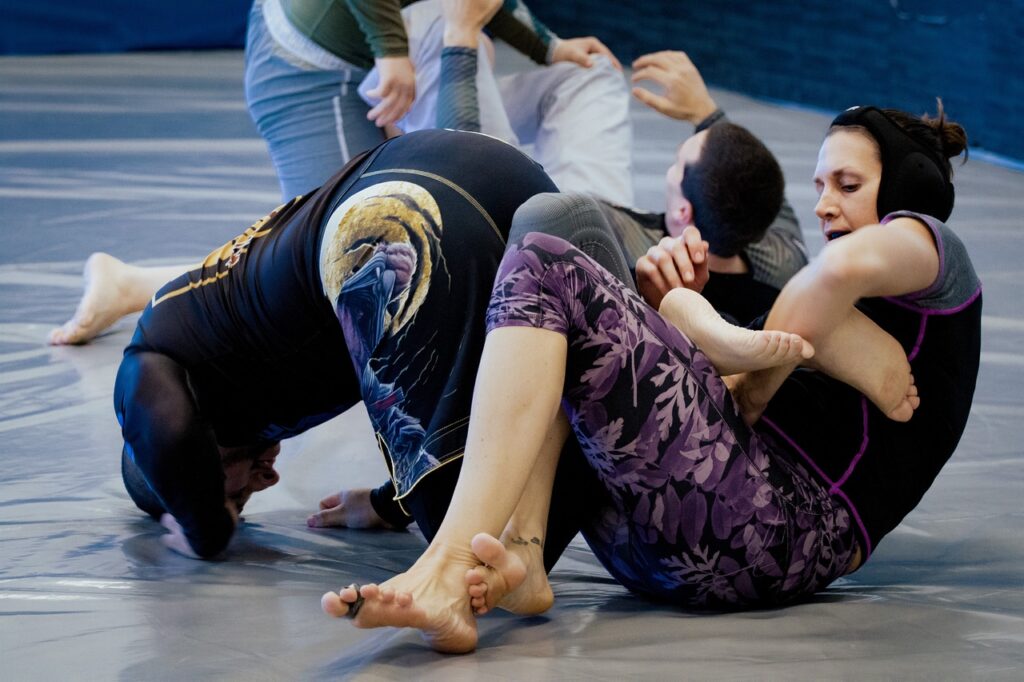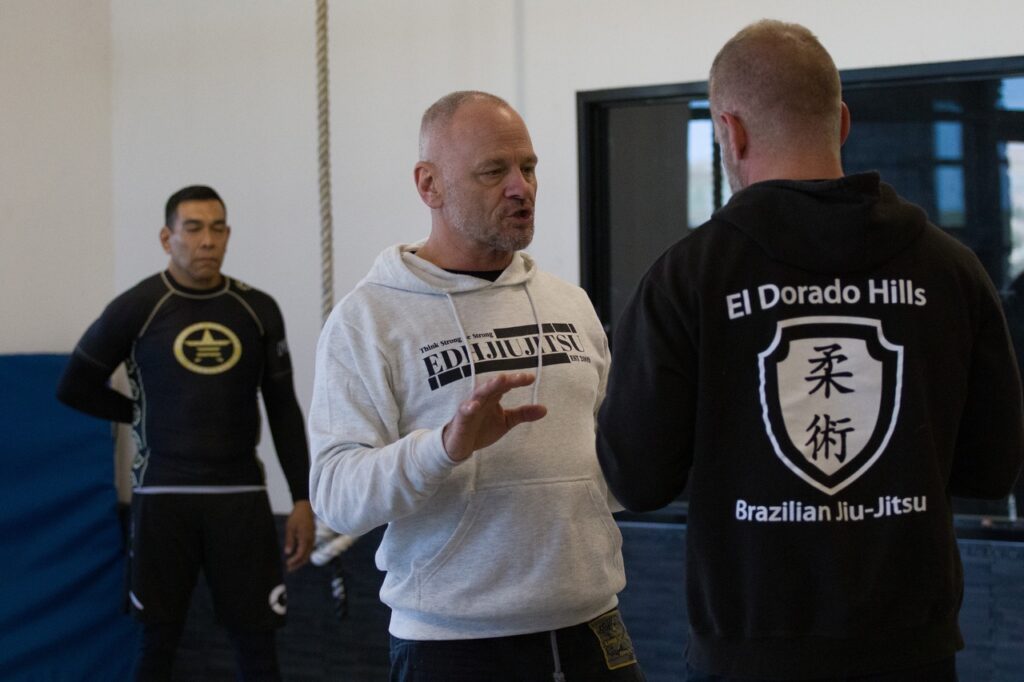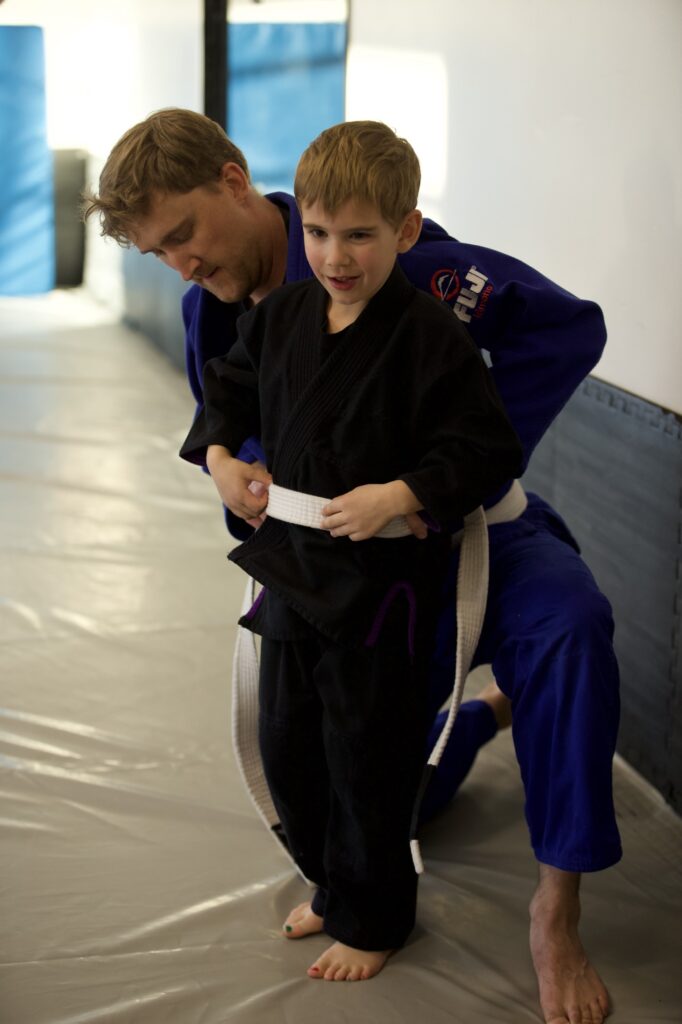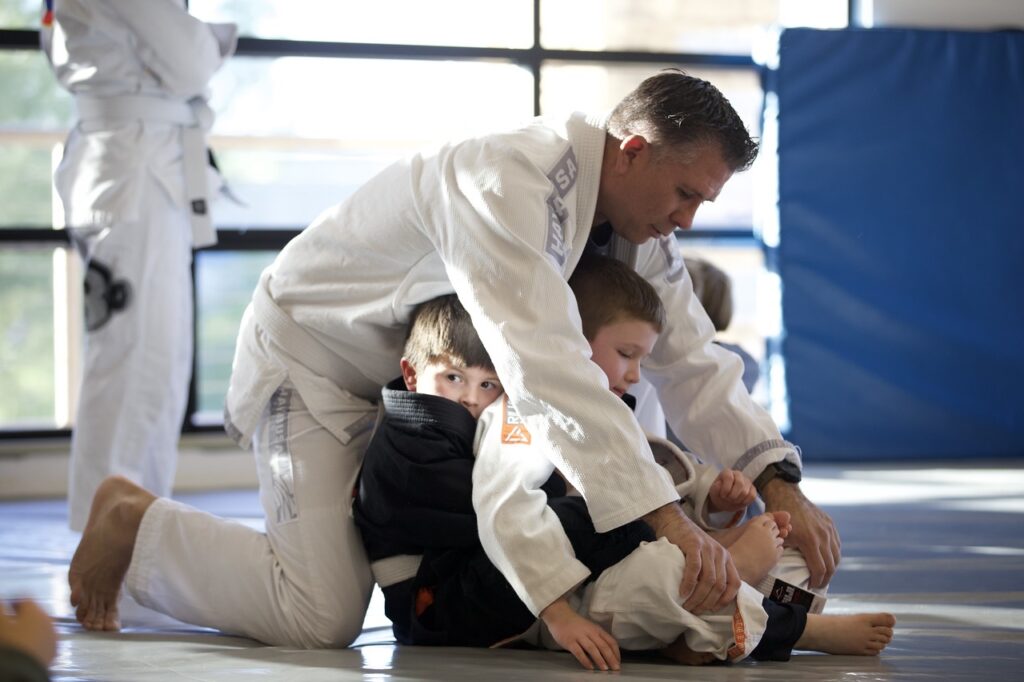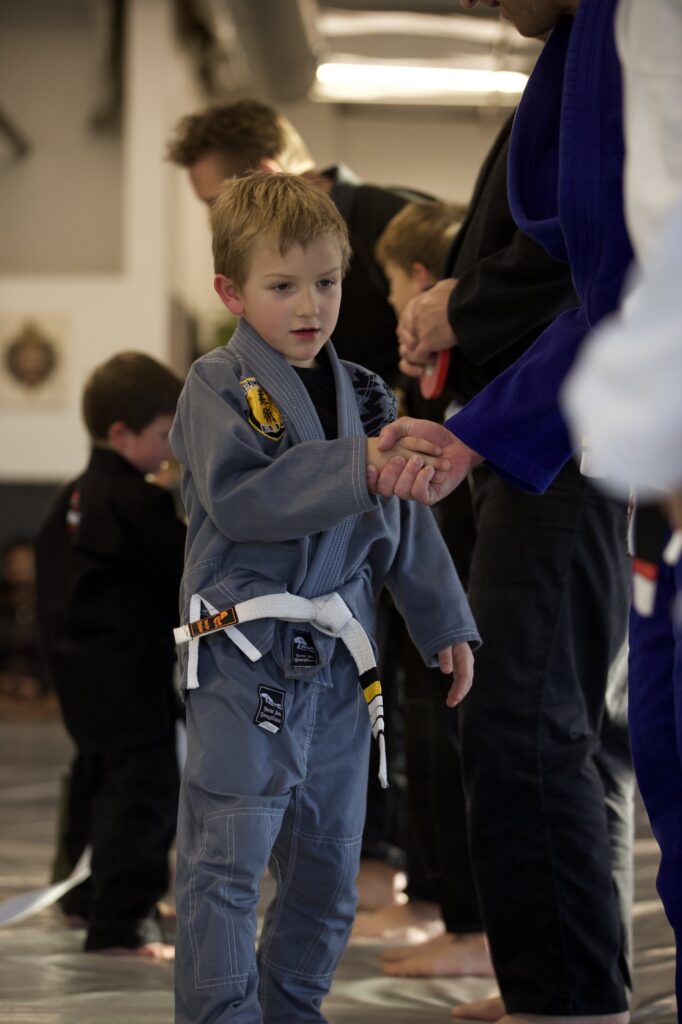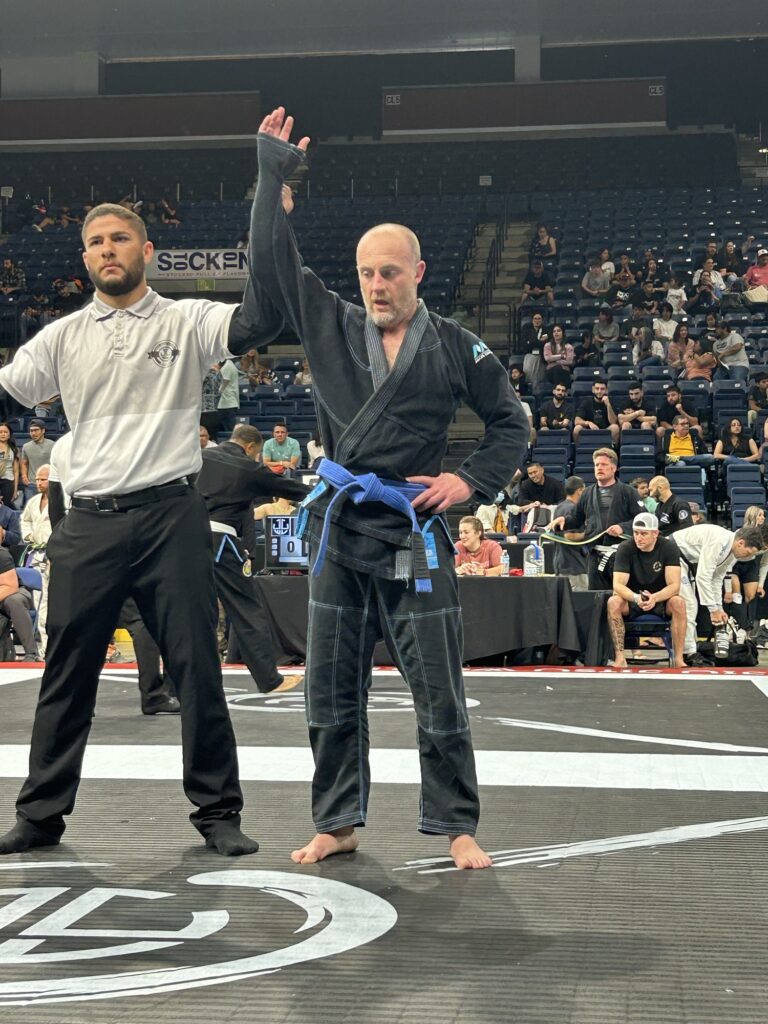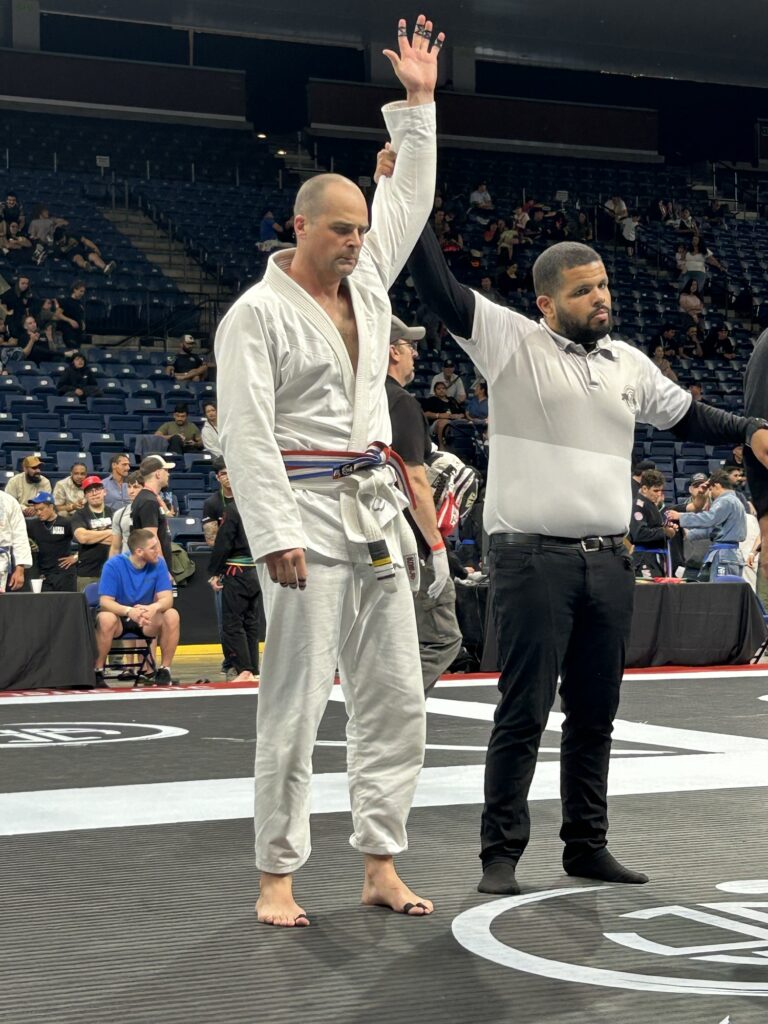In the quiet, early hours of El Dorado Hills, a dedicated group of individuals gather for a unique start to their day. At 6 AM, while most of the world is still waking up, the adult class at EDH Jiu-Jitsu begins their training, embodying discipline, camaraderie, and the pursuit of excellence.
The Unique Atmosphere of Early Morning Training
There’s something magical about training jiu-jitsu at dawn. The world is calm, the air is fresh, and the mind is clear. The early morning provides an unparalleled environment for focus and growth. As the sun rises, so does the energy in the room, creating a powerful and invigorating start to the day.
The Benefits of Training at 6 AM
Mental Clarity: Starting the day with physical activity, especially one as engaging as jiu-jitsu, clears the mind and sets a positive tone. The complex movements and strategic thinking required in jiu-jitsu stimulate both the body and brain, ensuring you’re sharp and ready for the day ahead.Discipline and Routine: Committing to a 6 AM class requires discipline. This dedication spills over into other aspects of life, promoting a structured and productive routine.Physical Fitness: Regular training improves cardiovascular health, flexibility, strength, and overall physical fitness. An early morning workout ensures you’ve accomplished something significant before most people have even started their day.Community and Camaraderie: The early morning class fosters a unique sense of community. The shared experience of rising early and training together builds strong bonds among participants. These connections enhance the training experience and often extend beyond the mat.
What to Expect in Our 6 AM Class
Our 6 AM adult class is designed to cater to all skill levels, from beginners to advanced practitioners. The class structure typically includes:
Warm-Up: A comprehensive warm-up to get the blood flowing and prepare the body for the intense workout ahead.Technique Drills: Focused practice on specific techniques, with detailed instruction and ample opportunity for repetition and refinement.Live Sparring: Controlled sparring sessions that allow students to apply techniques in a realistic setting, promoting practical understanding and adaptability.Cool Down and Reflection: A period to cool down, stretch, and reflect on the training session, setting intentions for the rest of the day.
Success Stories
Many of our students have found profound benefits from the 6 AM class. Whether it’s achieving personal fitness goals, gaining confidence, or finding a supportive community, the impact of consistent early morning training is transformative.
One student, shared her experience: “Joining the 6 AM class at EDH Jiu-Jitsu was one of the best decisions I’ve made. It’s challenging to get up so early, but the sense of accomplishment and the energy boost I get from training is incredible. Plus, the friendships I’ve formed make it all worth it.”
Join Us and Transform Your Mornings
If you’re looking to shake up your routine, challenge yourself, and start your day with purpose, our 6 AM adult class at EDH Jiu-Jitsu is the perfect opportunity. Embrace the dawn with us and discover the myriad benefits of early morning training.
Visit EDH Jiu-Jitsu for more information and to sign up for a class. Let’s rise and roll together, turning every morning into a powerful start to your day!

